Travel Notes on Guangdong: Guangzhou Chenjia Temple
On April 5, 2021, I had a buffet breakfast at the hotel at 7:30 a.m., then checked out. I took the No. 7 bus to Zhaoqing Railway Station and took the K1206 train at 9:27 to Guangzhou. I realized when I arrived at the station that the train was 35 minutes late, and almost all trains were late that day. On the last day of Qingming Festival, there are a lot of returning passengers.
Originally, according to the plan, we planned to take the train to leave Zhaoqing in the afternoon and go to Dinghu Mountain in the morning. However, the afternoon tickets were sold out a few days ago. Only the morning of the 5th, there were tickets for Guangzhou Station and high-speed rail tickets, but they were all going to Guangzhou South. Not only was the fare expensive, but we also had to detour to Guangzhou South. We booked a hotel near Guangzhou Station, so the train to Guangzhou Station was the most suitable. In addition, the itinerary after that has been confirmed, and the return tickets and accommodation have been booked. Delaying and advancing will affect the whole body, which is too troublesome. Therefore, we have to give up our love and abandon Dinghu Mountain until we have a chance in the future. Come again. It was no accident that we chose the 9 a.m. train. In fact, when we made the decision, there were no conditions to change. In the first two days, all tickets in Guangzhou had been sold out, whether they were ordinary trains or high-speed trains.
Our train does not leave until 10:10 a.m., and arrives at Guangzhou Station at 11:40 noon. Get off and take Metro Line 2, get off in front of the park, take Exit B, walk 300 meters, and check into Home Inn on Jiefang Road. The hotel room price is 131 yuan, and breakfast is also booked a week ago. Otherwise, the room price would have reached more than 200 yuan by this time, so booking in advance can save a lot of money.
After settling down, we took Metro Line 1 to Chenjiaci. After leaving the station, we ate a bowl of noodles nearby, and then entered the Chenjiaci Scenic Area to visit. I have been to Guangzhou many times, but basically I have just passed by, mostly skimming the water and missing many attractions. This time I plan to make up for it, including the Chen Family Temple.
The Chen Family Ancestral Hall is located on Zhongshan Seventh Road, Guangzhou City. The Chen Family Ancestral Hall, also known as the "Chen Academy," was built in the 14th year of Guangxu of the Qing Dynasty (1888) and completed in the 20th year of Guangxu (1894). It was jointly built by the surname Chen from the 72 counties of Guangdong Province in the late Qing Dynasty. It is a famous ancestral temple building in Guangdong Province. The architectural structure of the Chen Family Ancestral Hall can be divided into three axes and three entrances, with a construction area of 8000 square meters. Each entrance to the ancestral hall is separated by courtyards, which are cleverly connected by corridors and verandas. There are nine halls and six courtyards in total. The overall layout of the ancestral hall is symmetrical from top to bottom. The halls and pavilions are mixed with reality and are majestic. "Juxian Hall" is the main hall on the central axis of the Chen Family Ancestral Hall and the center of the entire architectural complex of the Chen Family Ancestral Hall. The front of the hall is a wide stone terrace surrounded by stone railings embedded with iron flowers. When the ancestral temple was built, Juxian Hall was used for people to gather, but was later transformed into an ancestral temple, with side rooms on both sides for the academy.
The buildings of the Chen Family Temple are famous for their exquisite decoration and grandeur. Various decorations such as wood carvings, stone carvings, brick carvings, clay sculptures, pottery sculptures, and iron casting crafts are scattered around the roof eaves, halls, courtyards, and corridors inside and outside the ancestral hall. There are both large-scale productions and exquisite small works. The decorative styles are either rough and unrestrained, or exquisite and slender, each with its own characteristics. Especially in the shaping of glazed tile ridges, it is a classical story of Guangluo, collecting local scenery and dazzling. It is beautiful and unique in style. There are six large-scale brick carvings in the shape of a scroll between the walls in front of the temple. Each brick carvings are 4 meters long. They are carved with blue bricks one by one and then connected into a whole. The three-dimensional, multi-level pictures contain myths and legends, landscape gardens, flowers, fruits and animals, Zhong Ding Yi inscriptions, etc., just like a folk art academy. The pottery sculpture craftsmanship is concentrated on the tile ridges on the roofs of 19 halls; the east and west side walls of the brick carvings are the most large-scale; the gray sculptures are concentrated on the tile ridges and courtyard corridors, and are made by gray sculptors in the South China Sea; In addition to the beams and gates and the screens of Juxian Hall, there are 11 double-layer open-carved shrines in the back seat. They are tall and have titles such as "16th Year of Guangxu","Made by Liu Dechang on Huilan Bridge" and "Made by Shitai on Yuanchang Street". The various decorations in the ancestral hall are rich and colorful and have a wide range of themes.
The Chen Family Ancestral Hall was renovated in 1958 and turned into a Guangdong Folk Arts and Crafts Museum. Comrade Guo Moruo once left a five-character poem after his visit in 1959:"Workers can replace people, but artificial people are inferior to heaven. Sure enough, building the world is better than reading for ten years. "The architectural decoration technology of the Chenjia Temple has been paid attention to by domestic and foreign architectural experts and scholars as early as the 1920s. It has been specially introduced in monographs on architectural art in Germany and Japan. In 1959, it was built as Guangdong Folk Arts and Crafts Museum, and in 1994 it was renamed Guangdong Folk Arts and Crafts Museum. Chenjia Temple is now a national 4A-level scenic spot. Tickets are 10 yuan, with discounts for the elderly.
The Chen Family Temple is a grand view garden of folk buildings in Lingnan. It is pleasing to the eye to wander around, not to mention the display of so many rare treasures, folk crafts, and intangible cultural heritage exhibits inside, which will make you dizzying and eye-opening.
We entered the scenic spot at 2:10 p.m. and ended the visit at 4:20 p.m., allowing us to linger for more than two hours and enjoy a beautiful artistic feast. After you come out, take the No. 9 bus to the next scenic spot, Shamian Island.

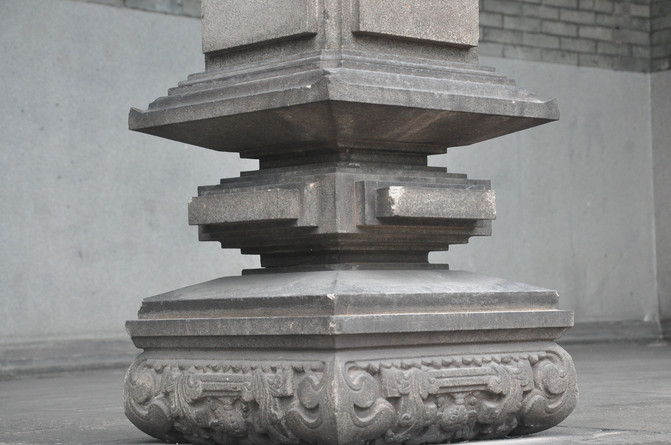






























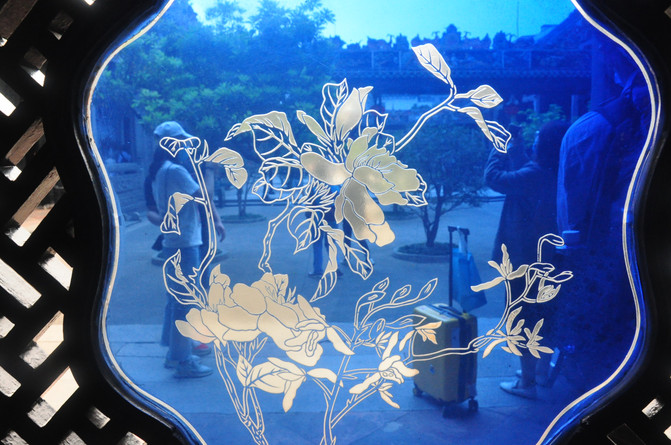


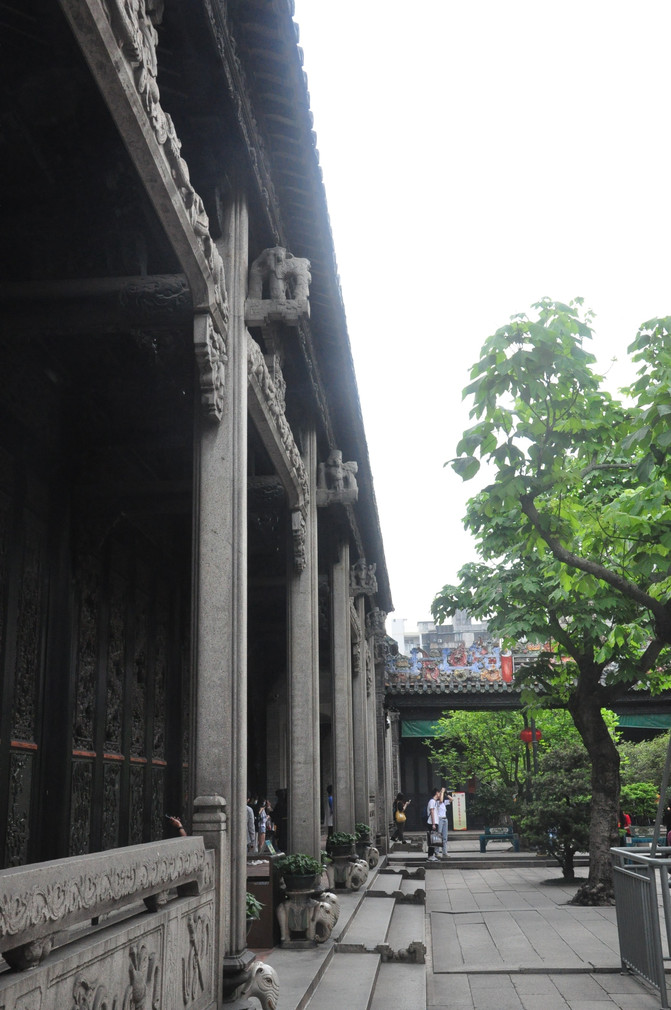

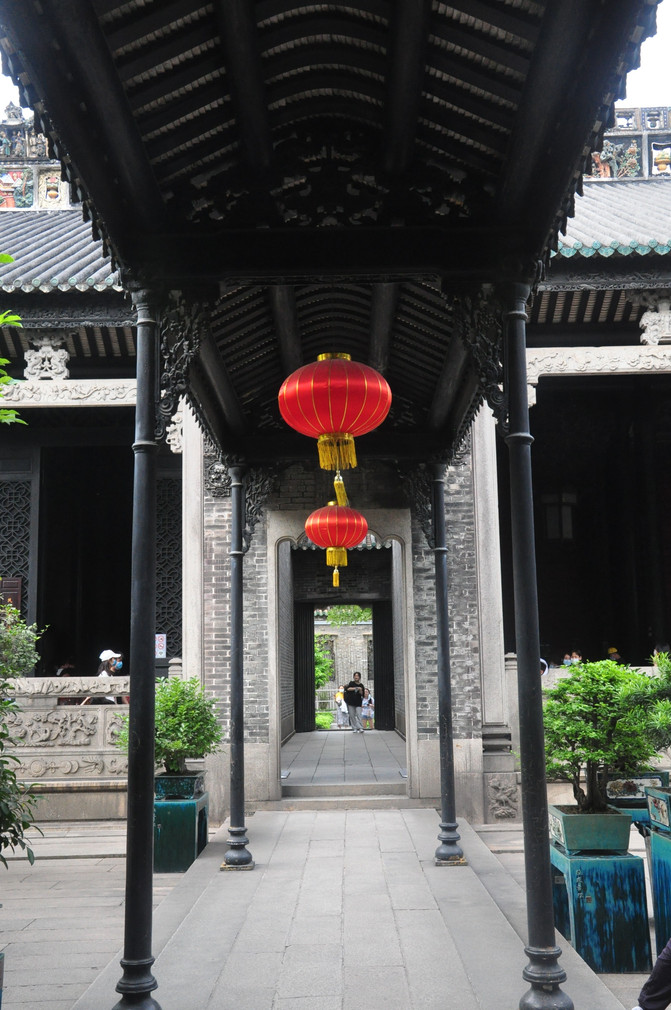


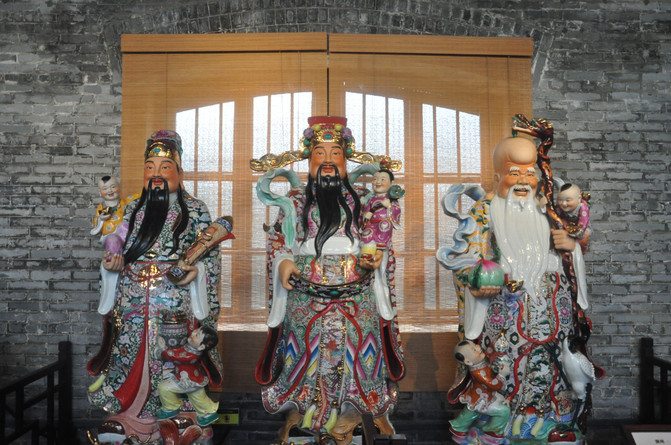

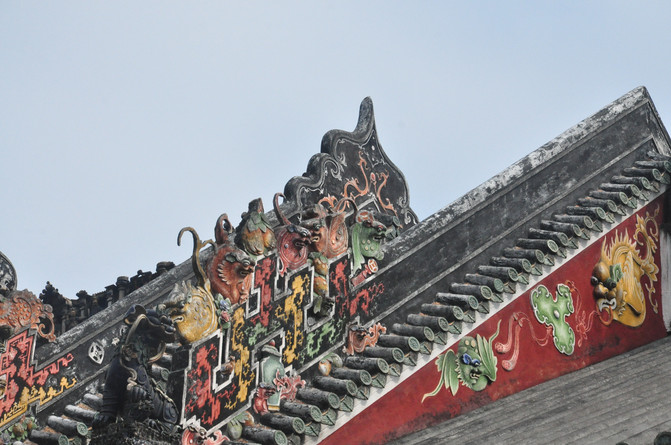






Previous Article:Nansha MUSTEL丨 A fashionable and sophisticated hotel
Next Article:Climb on the small waist, taste Cantonese food, and a day in Guangzhou
